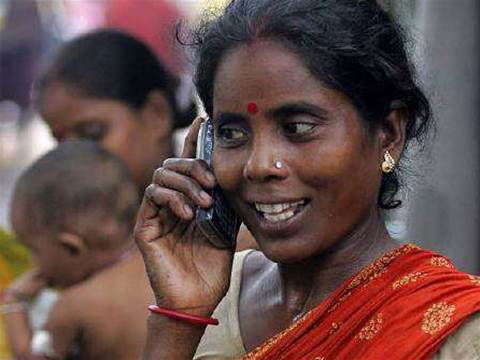The utility is said to have just signed off on phase two of the project. The overall aim is to establish a BI competency centre (BICC) capability across the utility.
Both Oakton and Indian outsourcer, Patni Computer Systems, were retained by Sydney Water to oversee and implement the system respectively.
Architecturally, the system consists of Business Objects’ XI r2 at the front-end, Informatica and IBM extract, transform and load (ETL) tools, an enterprise data warehouse (EDW) based on Oracle’s 10g database, and Solaris 10 and Unix as the underlying operating systems.
Sydney Water is also understood to have purchased a generic third-party data model specific to the utility sector from an unnamed U.S. firm.
Patni country manager, Rick Eager, told iTNews that his company had a ‘good working relationship’ with Oakton on the project.
“They gave us a package of work that we would size, spec, analyse and then build,” Eager told iTNews.
Eager said the company was used to working on projects that involved multiple systems integrators for architecture design, planning and implementation.
In the case of Sydney Water, Oakton ran the ‘program office’ and provided technical assurance on all delivery phases.
Eager said Patni has taken ‘more than $5 million’ in revenues from the project so far. The work has been conducted on a fixed cost basis, which Sydney Water is said to have found attractive.
“It made a difference in the tender process for a project of this scale to have a fixed price,” said Ullrich Loeffler, software analyst at IDC and author of a case study on the project.
“We hear so much about these types of projects going over budget.”
A portion of Patni’s work was subject to what could be described as an agile methodology and delivery method – but the additional costs of this process were only partially factored into the overall fixed cost, according to Eager.
“We built in some costs, so there has been an allowance for [the additional cost of] a more iterative development style,” he said.
Part of Patni’s success as an Indian outsourcer working with a government-controlled entity is that it did not try to dictate what portion of work would be offshored, according to Eager.
“We didn’t dictate how the solution should be executed – it was up to Sydney Water’s discretion,” he explained.
“If we’d gone in and said X amount of work has to go offshore, the working dynamic [with Sydney Water] might have been different.”
Most of the work was conducted locally, because ‘BI lends itself to on-site [development] due to the nature of the work’, Eager said.
Patni offshored only one project – where multiple water monitoring reporting systems from the likes of Crystal Reports, TM1, Microstrategy and Microsoft were ‘re-platformed’ to a single J2EE/Struts-based architecture.
Simultaneous to the BICC project, Sydney Water is also said to be undergoing a modernisation project with respect to the underlying hardware.
Sydney Water project nets $5m for Patni
By
Ry Crozier
on Aug 29, 2008 4:18PM

Got a news tip for our journalists? Share it with us anonymously here.
Partner Content

Tech Buying Budgets for SMBs on the Rise

Channel faces AI-fuelled risk as partners lag on data resilience, Dicker Data summit told

Promoted Content
From Insight to Opportunity: How SMB Service Demand is Shaping the Next Growth Wave for Partners

Shure Microsoft Certified Audio for Teams Rooms
_(11).jpg&h=142&w=230&c=1&s=1)
The Compliance Dilemma for Technology Partners: Risk, Revenue, and Reputation






.jpg&w=100&c=1&s=0)
_(8).jpg&w=100&c=1&s=0)









